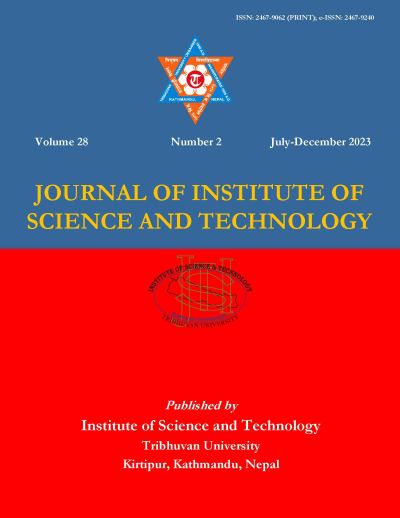Capsaicin Emulgel- Design, Optimization, and Formulation for Topical Delivery
DOI:
https://doi.org/10.3126/jist.v28i2.60557Keywords:
Analgesic, capsaicin, capsicum extract, emulgel, microemulsionAbstract
Topical therapy with emulgel -type of products allows efficient delivery of bioactive compounds with additional benefits to patients. This research aimed to design, optimize, formulate, and evaluate in vitro parameters between gels loaded with a microemulsion of extracted capsaicin to their standard. A crude form of capsaicin was extracted from capsicum. Using Box Behnken design, 15 different microemulsions were made by ultrasonication and optimized by varying three independent variables (amount of olive oil, Hydrophilic-lipophilic balance value of surfactants, and amount of surfactants used) using Stagraphic Centurion software. Microemulsions were optimized based on their organoleptic characters; dilution test, centrifugation test and PH, and gelling agent Carbopol-940 was determined by its viscosity, spreadability, swelling index, consistency, and PH. Finally, a stable capsaicin emulgel (0.05% and 0.1%) was made by incorporating optimized microemulsion (F8) and optimized gelling agent, 0.6% Carbopol- 940. Those final capsaicin emulgels were tested for drug content percentage, which was within the standard range.
Downloads
Downloads
Published
How to Cite
Issue
Section
License
Copyright (c) 2023 Institute of Science and Technology, T.U.

This work is licensed under a Creative Commons Attribution-ShareAlike 4.0 International License.
The views and interpretations in this journal are those of the author(s). They are not attributable to the Institute of Science and Technology, T.U. and do not imply the expression of any opinion concerning the legal status of any country, territory, city, area of its authorities, or concerning the delimitation of its frontiers of boundaries.
The copyright of the articles is held by the Institute of Science and Technology, T.U.




